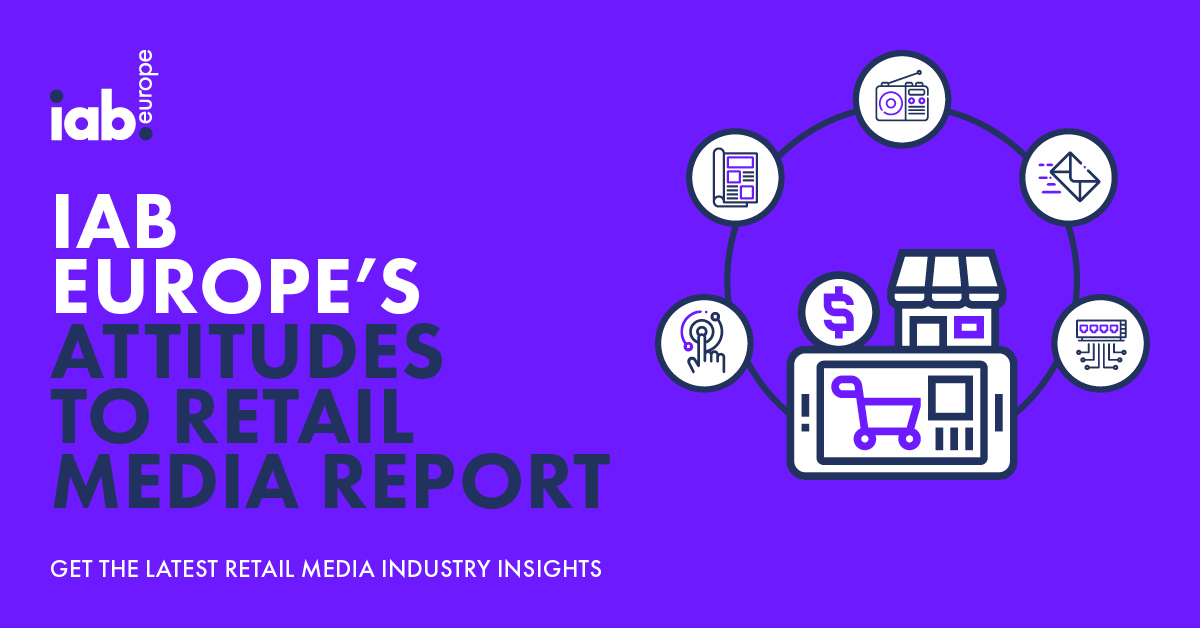The start of any good customer relationship requires listening, appreciating and acting on the preferences and interests with those we do business. As digital becomes more intertwined with our daily lives, the same rules apply. Anthony Wilkey, Strategic Client Director, SmartFocus explains
The way consumers access and interact with online content on mobile devices has evolved considerably over the last five years. With the advent of smartphones, browsing, purchasing and staying on top of email ‘on the go’ has never been easier.
Indeed, recent figures suggest that by 2019, global smartphone penetration will have exploded to 60 per cent, from the 25 to 30 per cent it is today. In addition, people who shop from their mobiles visit more retailer sites than those who shop from their PCs (6.2 retailer visits per month on mobiles versus 2.9 on PCs).
The prevalence of smartphone and tablet use by today’s consumer makes mobile a key channel for retailers to employ, engage and interact with their customers.
Are you in a mobile state of mind?
Just as data is critical for fuelling relevant and engaging campaigns, it is equally critical for you to understand the driving factors behind your customers’ mobile mind-set when developing your mobile marketing strategy. Knowing how subscribers engage with their devices will help ensure you are creating a positive user experience for those shopping and browsing on the go, on their couch, or at their desk.
Online marketing channels can be intimate and the results are immediate, so it’s important to engage customers with relevant and meaningful content.
Here are some questions that you should ask to help get into your customers’ mobile state of mind:
• Which of your customers read your emails on their mobile devices?
• When do your customers read their emails on their mobile devices?
• What types of phones do your customers use?
• What proportion of your customers are making purchases from their mobile devices?
• When are they purchasing from their mobile devices?
• How are these figures trending?
Bringing the customer experience to life
As customers rely more on technology and interact with brands throughout the day on mobile devices, retailers need to tailor their digital marketing strategy accordingly.The ability to create a single, holistic understanding of each and every customer should not be overlooked – particularly when we consider how connected and intertwined customer activities are to businesses and people alike. Customers should be kept at the heart of marketing strategies to ensure they are engaged throughout.
With this in mind, an important aspect to be considered when bringing a mobile, multi-channel strategy to life is the broader customer experience as a whole. To connect with customers, brands should look to create an all-encompassing, consistent and emotional experience from the outset.
In addition, as strategies are established, it is important to make sure actual campaigns are optimised for viewing on a mobile phone or tablet. If email, web pages or forms are hard to view or slow to load, it will be difficult and often impossible to keep visitors engaged – especially if the information isn’t relevant or of value to them. When promoting a purchase or sharing information by email, it is important to consider the experience that is being provided.
Testing campaigns in their mobile state can identify which campaign elements are performing well, and which may need tweaking. Use the findings to your advantage.
For example, if it is found that most mobile users will access their device during the evening – why not use this information and inject it into future campaigns and make sure to send a compelling and relevant email when they are most likely to see it, read it and respond to it?
Research shows the most mobile shoppers are more active in the evenings and weekends (23 per cent between 8-12pm and 15 per cent on Sundays). It is more important than ever to send the right message at the right time in the right format to the right person to ensure messages stand out in the inbox.
Using mobile to build on a traditional marketing approach
With the help of modern marketing technology, brands have the opportunity to truly engage customers with one-to-one personalised, real-time messages. While the approach is evolving with the emergence of new online channels, many of our traditional, foundation marketing rules remain true and still apply today.
Understanding when a customer is likely to use their smartphone or tablet, where they will be and how they will be using it is vital to a mobile marketing strategy. Getting this right could just be the difference between an unread email in the inbox, a message sent to the trash or a browser converted into a buyer.
If the goal of a campaign is to encourage repeat purchases, take into account a visitor’s preferences and how often they re-purchase items. If it is to encourage cross-sells, provide intelligent recommendations around the “people who bought X also bought Y.” If it is to encourage immediate or impulse purchases it is important to ensure recommendations have low delivery costs; and if it is to move last-season or sale stock, retailers are best off making use of what is known in the trade as “worst-seller algorithms.”
Rather than replace traditional strategies entirely with new online and mobile channels, consider building on your marketing foundations and extending these offers across the channels with which you engage. It is important to recognise that mobile experiences are one part of a multi-channel marketing approach that is constantly evolving.
There is no doubt that technology has transformed the relationship between brands and consumers. Digital marketing has immense potential for building relationships, but has significant consequences when not executed properly, and retailers have only begun to scratch the surface of how mobile marketing can be used. But when it reaches its full potential, it will influence and guide customers, giving you another channel that provides relevancy, immediacy and enables successful engagement with today’s ‘connected consumer’.








